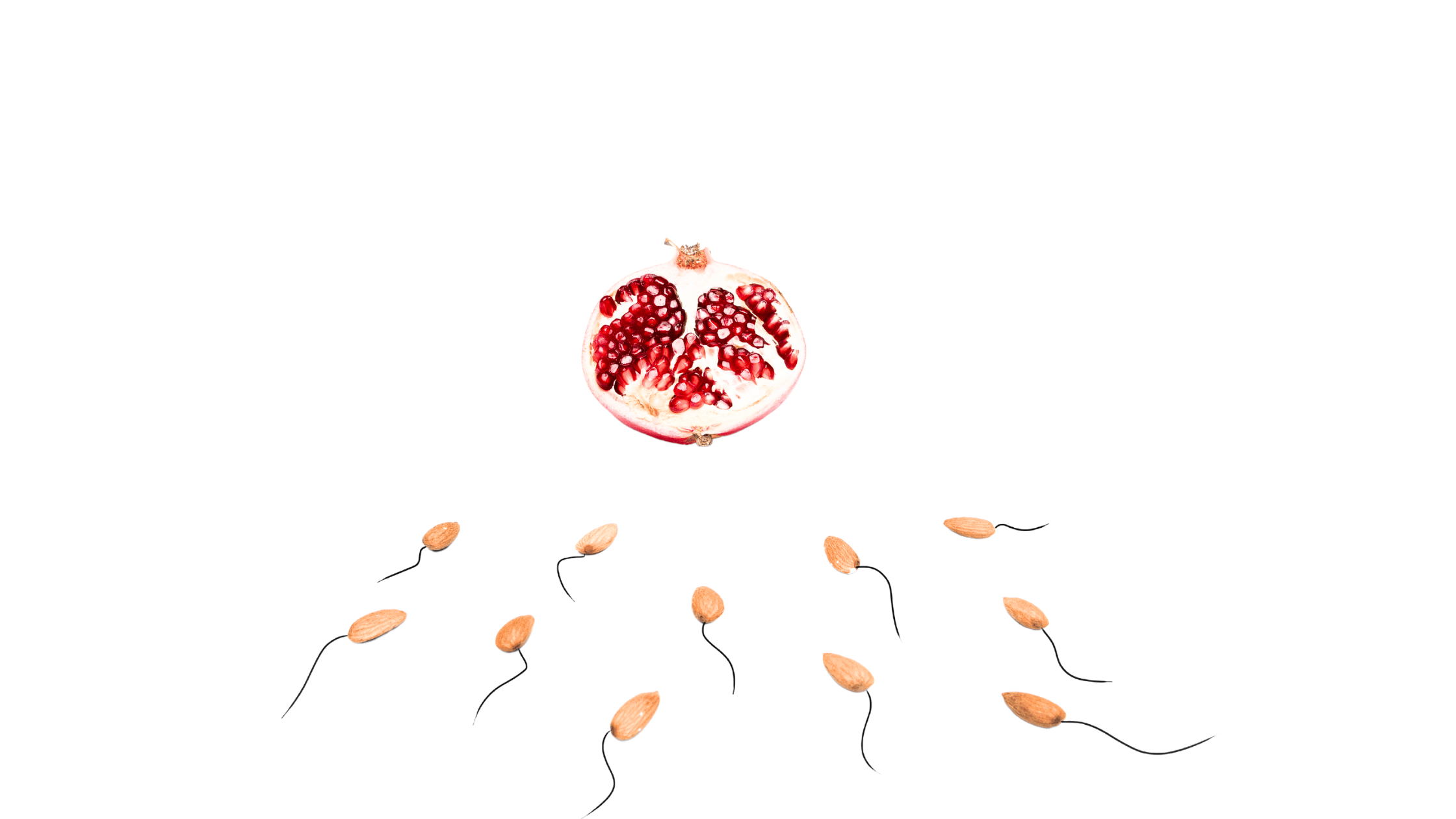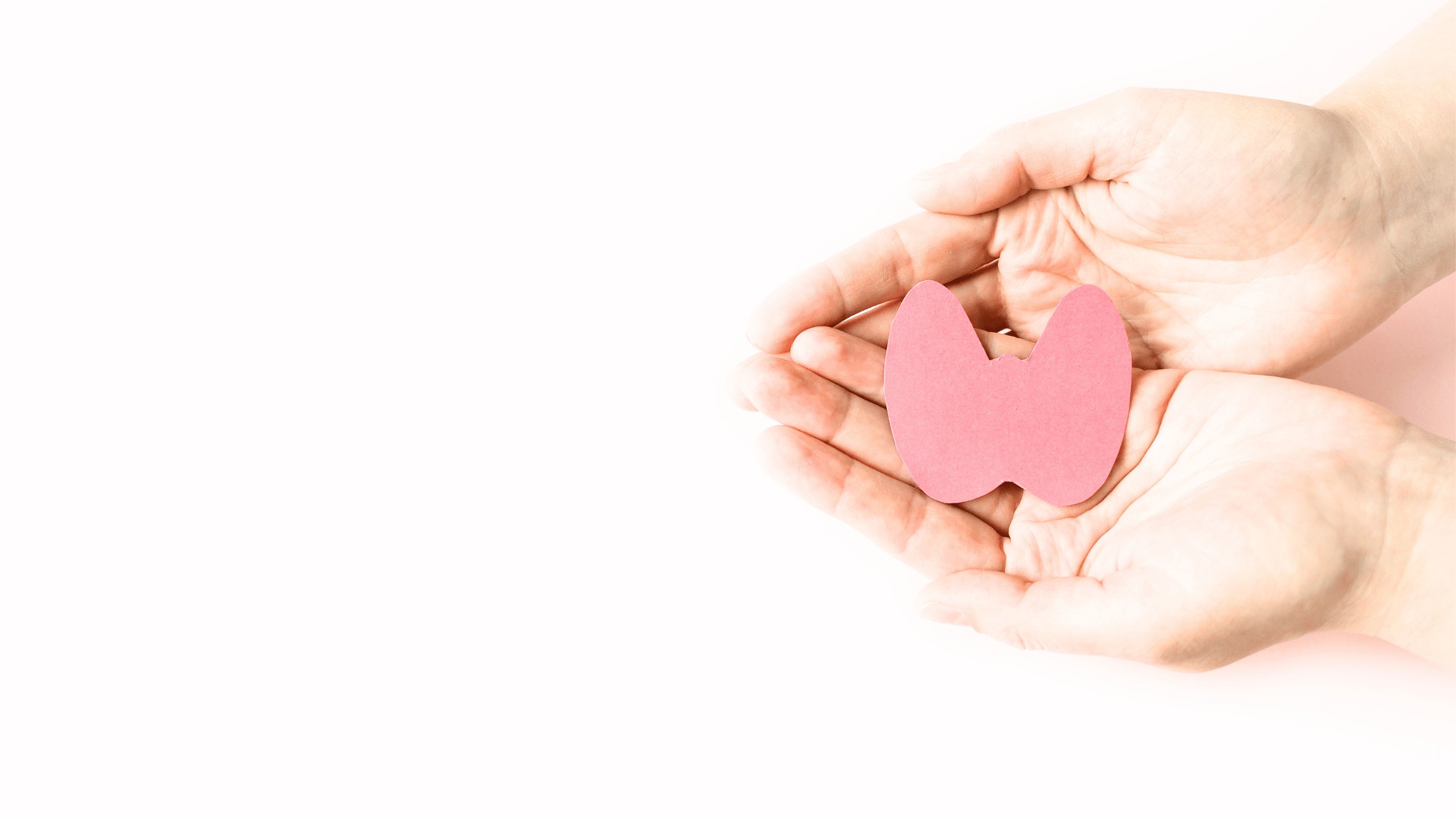“Conception 101: Understanding Female Fertility” | myMindBodyBaby
“Let’s talk about sex baby, let’s talk about you and me…”
Salt-N’-Pepa, fanny packs, overall’s and for me, Sex Ed health class. Ugh, the embarrassment!
While many of us are quite familiar with the mechanics of how to make a baby it was recently brought to my attention that perhaps some of us could use a refresher on WHAT exactly goes on inside our bodies during a monthly cycle to allow for conception. So let’s refresh ourselves on the ‘in’s and out’s’ of conception (there’s a joke in there somewhere).
“Let’s start at the very beginning, a very good place to start…”
We have heard time and time again that a woman’s cycle is approximately 28 days. There is so much variation amongst women, so a cycle that is slightly longer or shorter doesn’t necessarily suggest abnormalities. A cycle is counted from the 1st day of your period (day 1) to the first day of your next period. The delicate rise and fall of a variety of hormones controls the menstrual cycle.
So let’s break this down week by week and learn more about a monthly cycle.
Week 1
The beginning of your cycle (remember – starting on the first day of your period) is called the follicular phase. During this week you are shedding the lining of your uterus. This is the time when your body is releasing tissue it grew the previous month to support a possible pregnancy (which didn’t occur because an egg was not fertilized by sperm). Sexy stuff eh? During this week women can feel a vast array of symptoms and feelings ranging from fatigue, bloating, diarrhea, headaches to pain and moodiness.
Week 2
During this week your body is preparing to release an egg (ovulation). The day the egg is released varies significantly among women. Clinical guidlines suggest this happens anywhere from days 10-17. One study concludes, “Time from ovulation to next menses ranged from 7 to 19 days (days 10 to 22 of the menstrual cycle). Thus, the fertile window can occur much earlier or later in the cycle than clinical guidelines suggest”.
Ovulation
Ovulation is when an egg is released from the ovary. A rise in follicle stimulating hormone (FSH) helps the egg mature and once mature luteinizing hormone (LH) triggers the release of this egg. Generally, it takes between 28-36 hours from the time of the LH trigger to when the egg is released. During this time women will often notice clear sticky discharge (resembling egg whites) which can be a sign of impending or current ovulation.
Tracking Ovulation
There are several different ways to help predict when you ovulate. The window of opportunity to conceive can be somewhat narrow, so it’s important (if you are trying to conceive) to better understand your own hormonal shifts and rhythms.
Here are a few at home ways to help better identify ovulation:
- Tracking your period/Ovulation Calculator. Ovulation occurs between days 10-17 for about 30% of women. If you knowlingly fall into this group, you can use an ovulation calculator to track when you might be ovulating. More accurate ways of predicting ovulation are as follows.
- Basal Body Temperature (BBT). This involves taking your temperature each morning, recording it (we have created a tracker for you here and observing when it has been elevated for 3-4 days above your baseline temperature. The elevated days are a good indication that ovulation has or will occur.
- Changes in cervical mucus (CM). Now for the really sexy stuff. For purposes of conception, cervical mucus is a fluid that’s purpose is to nourish and protect sperm as it enters the cervix and makes its way through the female reproductive tract, hopefully to meet up with an egg. During ovulation estrogen surges create a thicker, “egg-white-like” consistency of mucus. It is this texture that when identified, can signify ovulation.
- Over the counter ovulation predictor kit. These can usually be purchased at your local drug store. The process is similar to a pregnancy test, whereas the test strip will detect the presence of Luteinizing Hormone in urine, indicating ovulation should occur within a few days.
- Sometimes subtle symptoms like breast tenderness, bloating, mild stomach pains and or ovary pains (located generally on the side of the abdomen) can signify impending or current ovulation.
Note: timing of the fertile window is quite variable – even among women who describe their cycles as regular.
Taking & Interpreting Basal Body Temperature (BBT)
Upon ovulation, a hormone called progesterone causes your basal temperature to rise. This generally stays higher than pre-ovulation for about 2 weeks and will drop again once a period begins if pregnancy has not been achieved.
Note: the first day of elevated temperature and consider intercourse every other day for 4 days.
Taking Your BBT Correctly
- The minute you wake up, take your temperature while laying down, avoiding as much movement as possible
- Try to keep the time you take your BBT similar (within 30-45 min) each day.
- You need to have had 3-4 hours of uninterrupted sleep prior to taking your temperate for it to be as accurate as possible.
- Start charting your BBT on the first day (1st day of your period) of your cycle.
- After the month, connect the dots (kindergarten style) and look for the trends in BBT and CM. We have included a sample BBT chart for you to use for your own analysis.
18]
Week 3
If you are attempting to become pregnant (i.e. having intercourse every other day for the 3-4 days before and after the day of your cycle you think you ovulate) then this is the week the egg that is released may be fertilized.
For some, this can be an emotional challenging time as you wait to take a pregnancy test.
Coping Tools
- Gentle and moderate movement to keep blood flowing to the uterus and stress levels at bay (we got you covered with our customized fitness plans here)
- Do something you love. Go to a movie, read, meet up with girlfriends, and get a massage. Just find things to keep you busy and happy
- Plenty of quality sleep
- Mindfulness and guided breathing exercises to reduce the stress response on the body.
- Nutrient dense foods that are low glycemic and anti-inflammatory.
Week 4
Post ovulation is called the Luteal Phase. If the egg has been fertilized then your body will continue to grow the lining of the uterus to create an optimal environment for possible implantation into the wall of your uterus. This is when pregnancy occurs – generally 7-10 days after fertilization.
Week 5
If a fertilized egg successfully implanted in your uterus this is the week you can take a pregnancy test. If you did not become pregnant this cycle you will expect to start your cycle again (i.e. your period will begin).
Some Factors that Affect Female Fertility
- Age
- Hormonal Health
- Anatomical or gynecological issues
- Lifestyle (nutrition, exercise, smoking, stress levels, etc)
- Medical History
33]
So there you have it: the answer to the age old question, Where Do Babies Come From. If you want some help managing nutrition, exercise and your mental well-being as you start your journey to conceive, let us know, we’d be happy to help!
31]




